The history of batik
Batik is an ancient art that has been practiced for over 2,000 years across Asia and parts of Africa. The complex dyeing process of creating batik involves a technique of wax-resist dyeing applied to the whole, fibrous fabrics.
This site has limited support for your browser. We recommend switching to Edge, Chrome, Safari, or Firefox.
Register now and get up to RM20 OFF on your 1st purchase
Spend RM200 more for free shippingFREE shipping will be applied at checkout
Sorry, looks like we don't have enough of this product.
Your cart is currently empty.

The Art of Batik

With Fair Wages

In Marketable Skills

Creating Stronger Communities
The history of batik
Batik is an ancient art that has been practiced for over 2,000 years across Asia and parts of Africa. The complex dyeing process of creating batik involves a technique of wax-resist dyeing applied to the whole, fibrous fabrics.
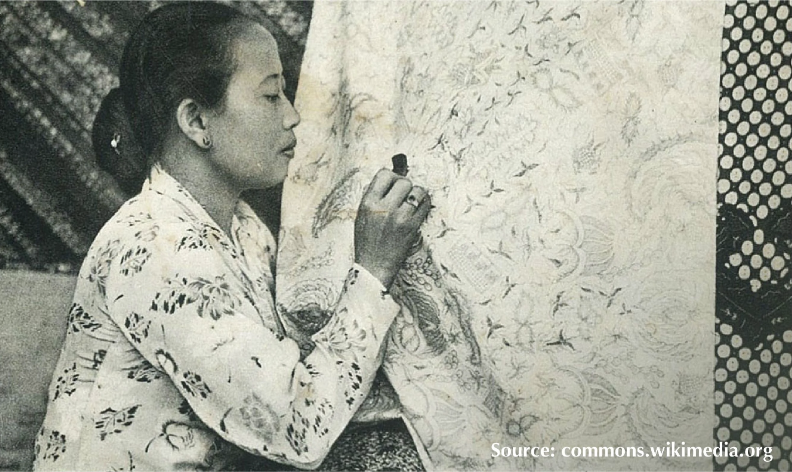

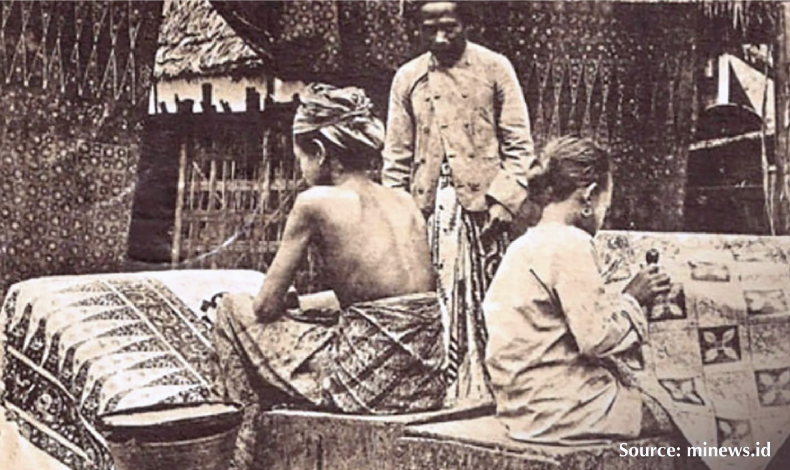



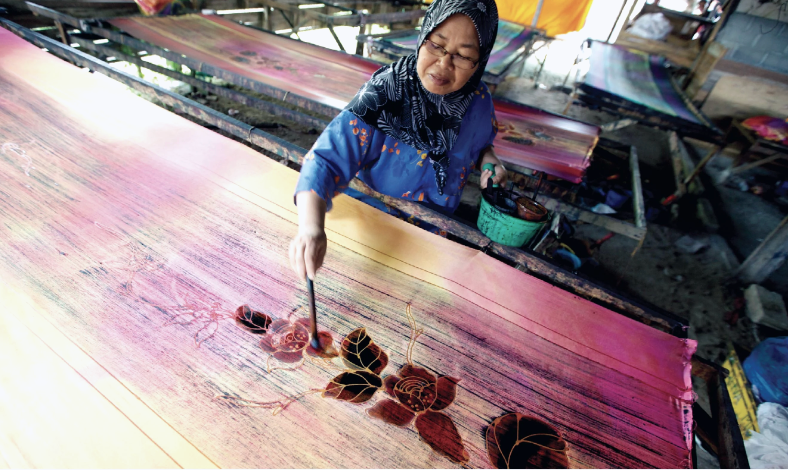

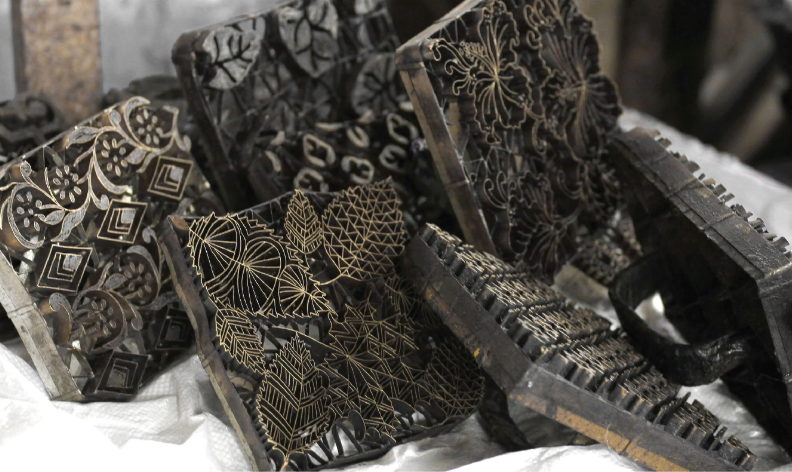

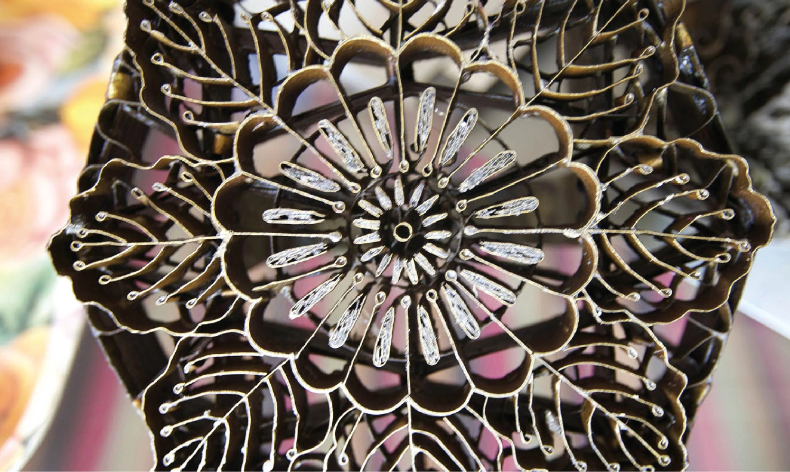

A PATTERN PAINTS A THOUSAND WORDS
The first step is to create the patterns on the fabric. There are two methods mainly used in crafting the art of batik.
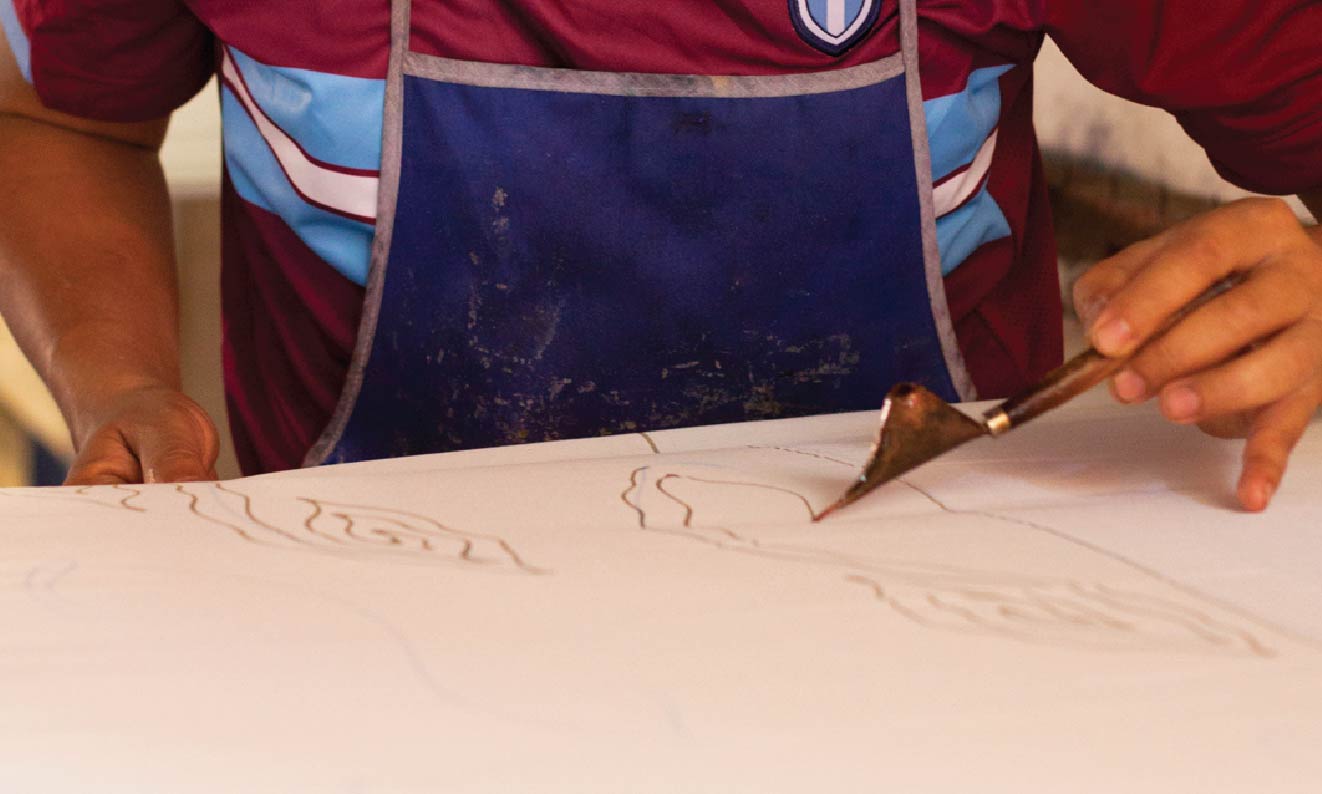
METHOD A: CANTING
The first method is a hand-painting technique called “canting”. It uses a pipe-like metal tool with a wooden or bamboo handle. The container attached is filled with molten wax to trace the outlines of the designs on the fabric.
This method requires composure and precision to ensure the tracing is smooth and unkempt. The artisan also has to ensure the wax inside is maintained at the optimal temperature for the best result.
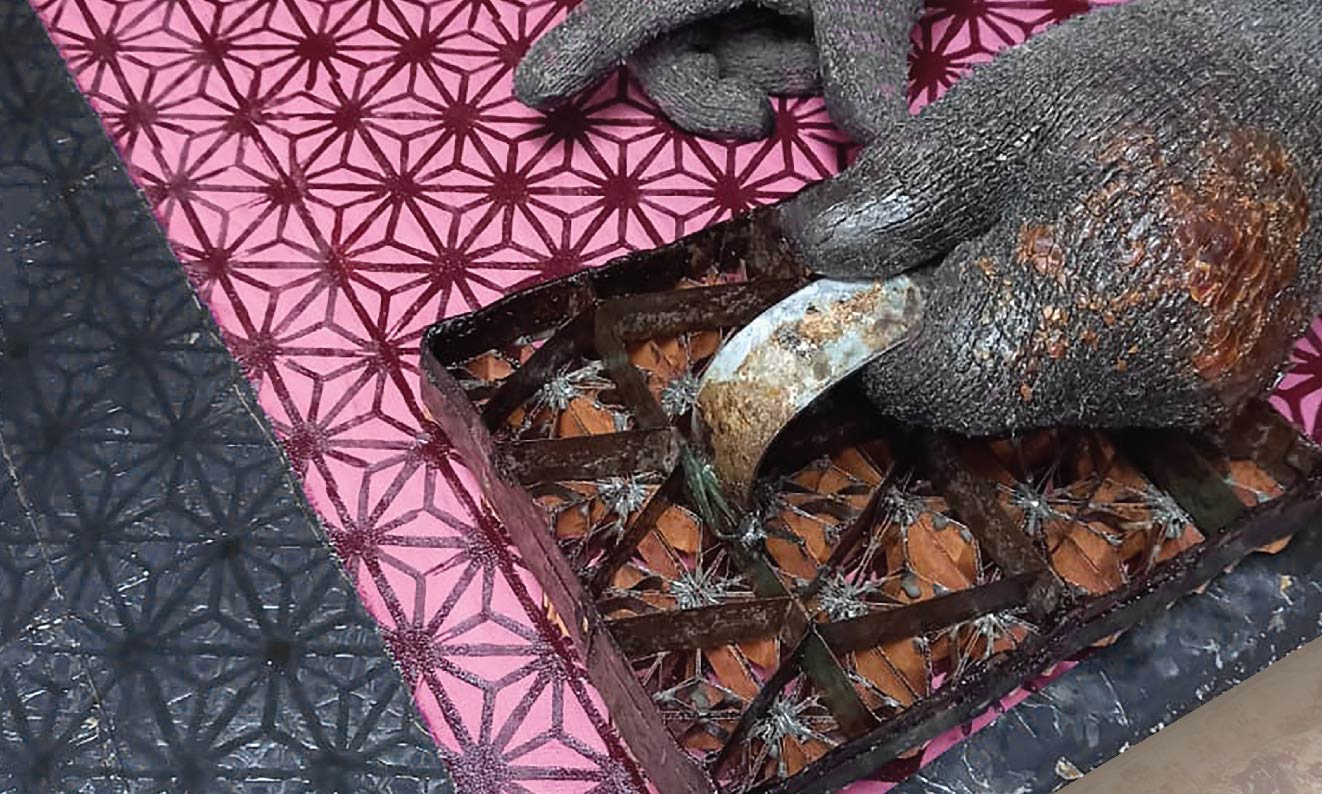
METHOD B: 'CAP' OR BLOCK PRINTING
The second method is block printing or “cap” using batik block. This hand-carved tool is one of the oldest tools used in making batik in Malaysia.
Batik block is an art in itself and is dipped into molten wax and stamped onto the fabric, easily creating repeating unique patterns.
CASTING THE DYE
Second step is to paint the dye onto the fabric between the intricate wax pattern.
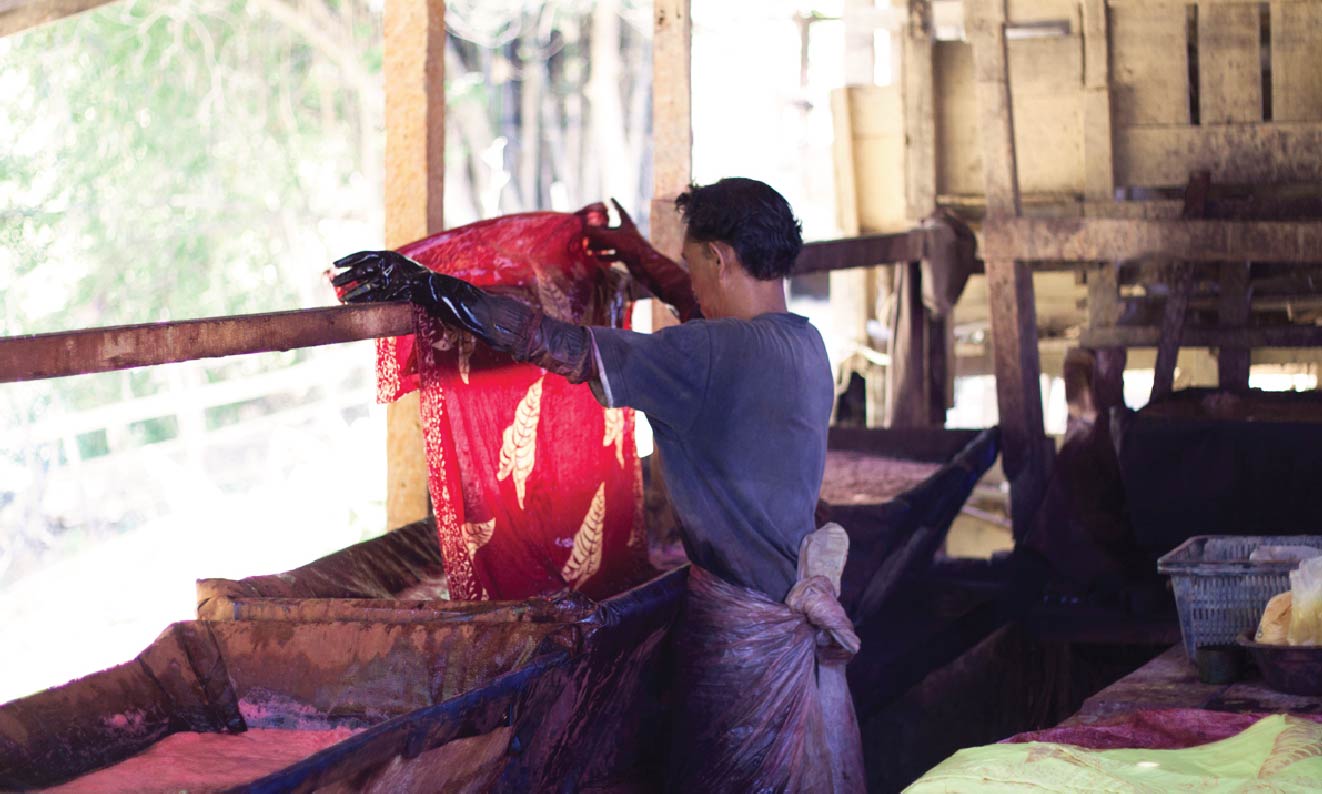
METHOD A: SOAKING THE FABRIC
One way of coloring the fabric after painting is to soak the fabric in dye. After that, boil it with water to remove the wax, leaving the patterns visible in their original white colour.

METHOD B: BRUSH PAINTING
Another is to paint the fabric by hand using a brush, followed by boiling it with water to remove the wax.
After the dye dries, these first two steps can be repeated to produce multiple layers of design and color.
BETWEEN REAL AND DIGITAL
It is important for our customers to be able to distinguish between real and digitally printed batik so they can purchase authentic batik that benefits the local artisan communities.

STEP 1: TURN IT OVER
Check if the fabric looks similar on both sides as the wax and dye absorb all through the fabric.
Real batik is hand-dyed and looks similar and equally vibrant on both sides.

STEP 2: BEAUTIFUL IMPERFECTION
Because each piece is handmade and handpainted,
there will be some variance in the print and therefore unique.

STEP 3: FEEL THE FABRIC
The use of fibrous fabrics such as cotton and silk is important because of their ability to absorb dyes. Touch the fabric to know what material it is made from.
If the fabric has a matte texture and feels like it would absorb water easily, it is more likely to be a natural fabric.